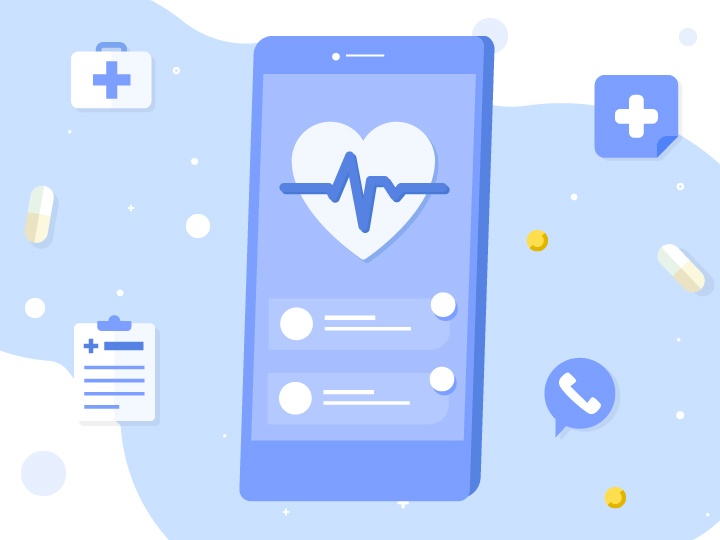The healthcare market has undergone major changes. We would like to outline two of the major spheres that changed significantly: patients and the health care model.
According to the Accenture 2019 Digital Consumer survey, convenience becomes the top factor when seeking medical treatment. People are also paying attention to affordability and reputation of a medical provider.
Even three years ago it was enough for a provider to offer additional digital solutions, e.g. online appointment scheduling, sending notifications, etc., to be in the top, today such services are the must just to be in the game.
The global health market is worth almost $10 tn in both private and governmental sectors. In 2018 the USA digital health market was valued at USD 86.4 bln as reported by Global Digital Market research. According to various estimations, the global market size is to increase, exceeding $118 bln in 2021 to more than $504 bln in 2025 due to the adoption of advanced technologies.
These expectations are not accidental, as the younger generation is in demand for such services.
As demand is changing, healthcare market players are in need to shift accordingly, by taking advantage of emerging opportunities to establish more direct and personal relationships with the patients. Digital health market today is becoming interconnected and patient-centered. As Research2Guidance 2018 states, an app has become a center of the digital healthcare ecosystem.
Being in the center of this new model apps are the bridge between hospitals and the patients. They are filling the patient’s demand for convenience in their fingertips and help medical institutions establish more personal and direct relationships with their patients the moment the help is needed.
What app to develop? Let’s move further to review what types of healthcare apps already exist.
Key Medical App Design Features and Tech Stack
User experience is what makes a great app. If your target audience is millennials, pay attention to the following statistics: 21% of users will delete an app if they don’t like how it looked on their Home Screen.
We advise you to consider user experience in two layers:
Let’s review these layers.
Some words about how to design a healthcare app. An app design in healthcare is following standards of app design applicable to any field, adding some extra specifications.
Designing a medical app you should be based on the best practices that work for your target audience. As a rule, the design should be centered around user interface (UI) and user experience (UX).
Looking for usability experts? Take a look at our UI/UX services offer.
It’s better not to reinvent the wheel and when designing a medical app keep in mind the following:
Great design is the first thing your users will see, and based on what they see they will further decide whether to use your application or not.
Tech Stack
Once you start building your application, chances are you’ll start with a front end, what a user will face, and only afterward decide what back and tools you need to support that. No matter what great idea is behind your future healthcare application, it won’t succeed unless you define a robust technology stack, as it defines the future of any software.
In general, there are 4 pillars of any tech stack: frontend, backend, development platform, additional requirements.
Of course, the choice of the tech stack depends a lot on the features you are going to include in your application. However, we would like to share our experience in building a healthcare application to show how your healthcare app could be developed. The main idea of Kego is to provide remote medical service. We created 2 types of apps: for doctors (iOS), and for patients (iOS, Android and Web). Based on our client’s needs, we included 3 types of users: doctors, patients, and admin, who is mainly responsible for adding doctors in the system and the refund policy.
The technical environment includes applications for doctors and patients, a web interface for admin, Twilio for live chat and video calls, Stripe for payment, file storage S3, elastic compute cloud EC2 to store backend code, database RDS (PostgreSQL), Rest API, and WebSockets.
Technical peculiarities:
Building a healthcare application, we took data protection seriously. We made sure data is secure in several ways:
This content was originally published here.


